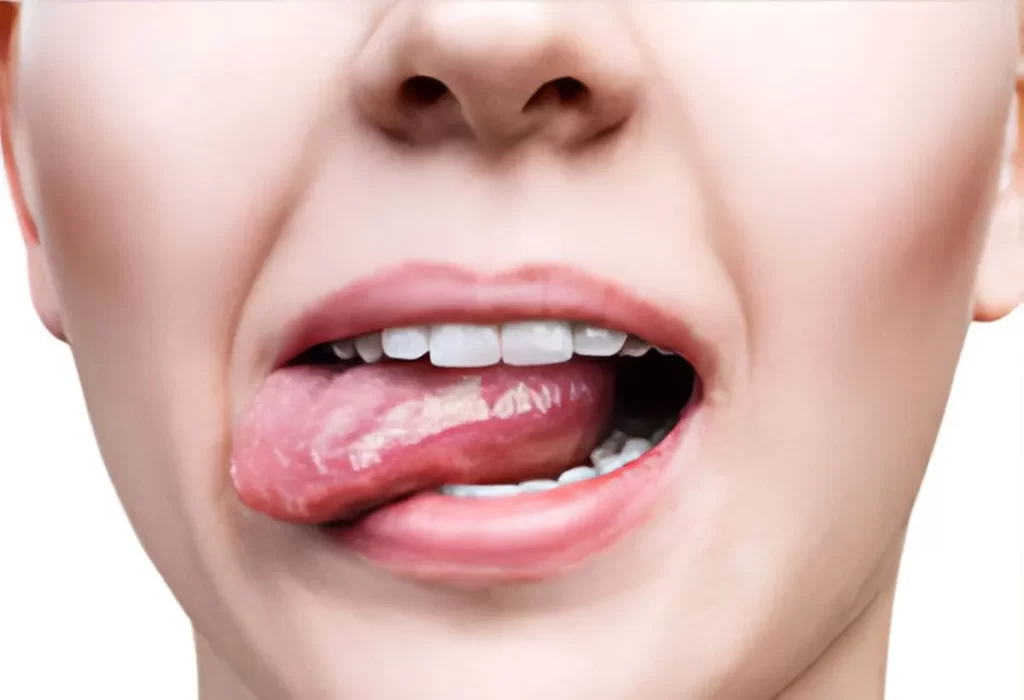You’re undoubtedly familiar with some of the more common mouth problems: bad breath, canker sores, cold sores — maybe even oral thrush. But if you notice a white or gray patch on your tongue, inside of the cheek or on the floor of your mouth, you might not be so sure what it is.
One cause for these patches could be a condition called leukoplakia. Oral leukoplakia is a disorder of the mucous membranes of the mouth, and it’s caused by an irritation. The irritation could be the result of rough teeth, or rough spots on dentures, fillings and crowns that rub against your cheek or gum. It may also be caused by smoking cigarettes or a pipe, or chewing tobacco.
No matter the cause of the irritation, if you’ve got something new or different happening in your mouth, it’s a good idea to get it checked out by a dentist.
Diagnosing Leukoplakia
Oral leukoplakia patches (also called lesions) are most common among older adults, although they can occur at any age. The white and gray patches develop slowly over months and are usually thick and slightly raised. Oral leukoplakia might be painless, although lesions can be sensitive to touch, heat or certain foods.
Even if you don’t know you have oral leukoplakia, your dentist can probably spot it. Regular dental visits afford your dentist the opportunity to check not just your teeth but also your mouth and tongue. If your dentist suspects you have leukoplakia, he or she will perform a biopsy to rule out other possibilities such as oral cancer. You will be given local anesthesia to numb the area during the biopsy. Your dentist will remove a small piece of tissue from the lesion and send it to a lab for testing before beginning leukoplakia treatment.
Leukoplakia Treatment
Leukoplakia treatment depends on the cause of the irritation. For example, if the irritation is caused by a rough tooth or an irregular surface on a tooth filling or dental crown, then leukoplakia treatment would involve smoothing out the rough surface. If the condition is caused by smoking, leukoplakia treatment will involve quitting or severely reducing the amount you smoke or use tobacco products.
Oral leukoplakia is usually harmless and irritations normally clear up within a few months of treatment. If removing the irritant doesn’t help, your leukoplakia treatment may require oral surgery to remove the lesion. Your dentist or an oral surgeon can remove the oral leukoplakia lesion in the office under local anesthesia.
A Special Case: Hairy Leukoplakia
Hairy leukoplakia is a less common form of the condition, usually seen in people who are HIV-positive. Oral hairy leukoplakia is characterized by fuzzy white patches on the tongue — which is how it got its name. Hairy leukoplakia patches are seen less frequently on other places in the mouth. Oral hairy leukoplakia is often a sign of HIV infection, but it also found in people with weakened immune systems. Treatment for oral hairy leukoplakia is an antiviral medication.
If you think you might have oral leukoplakia or hairy leukoplakia, talk to your dentist.

